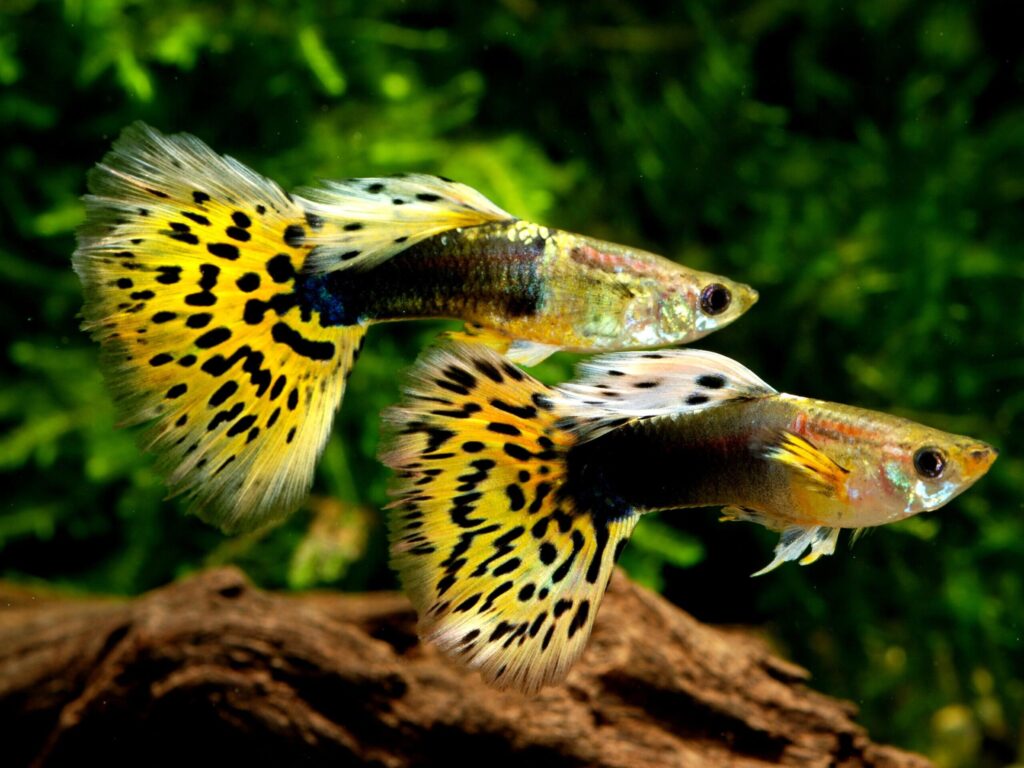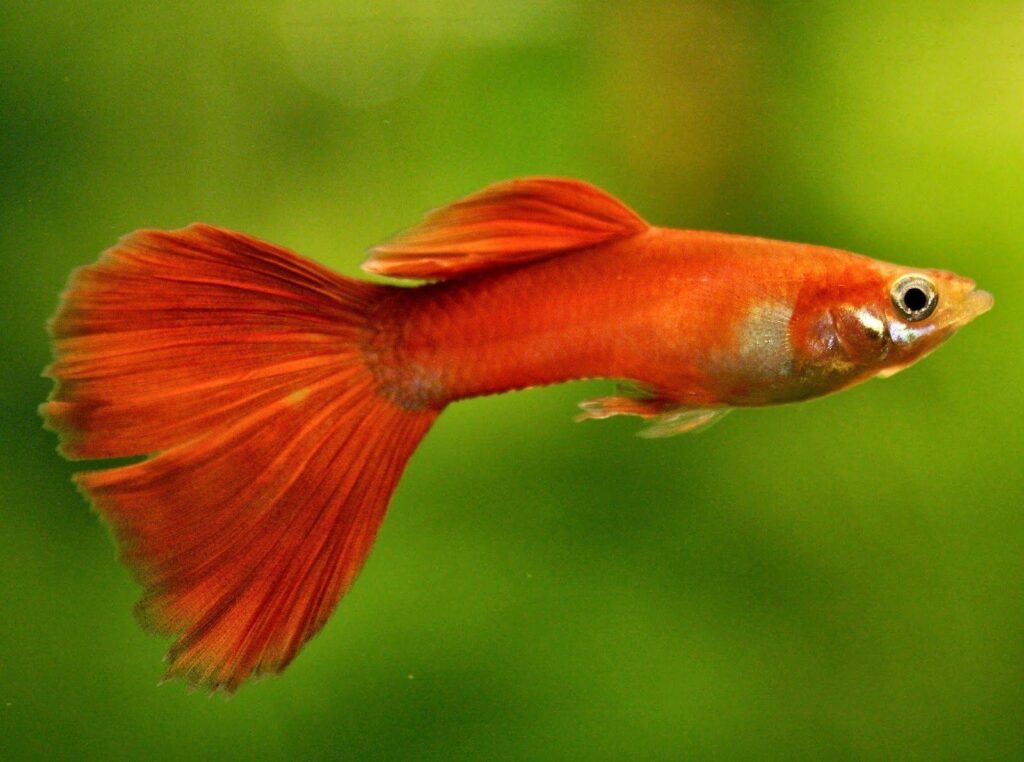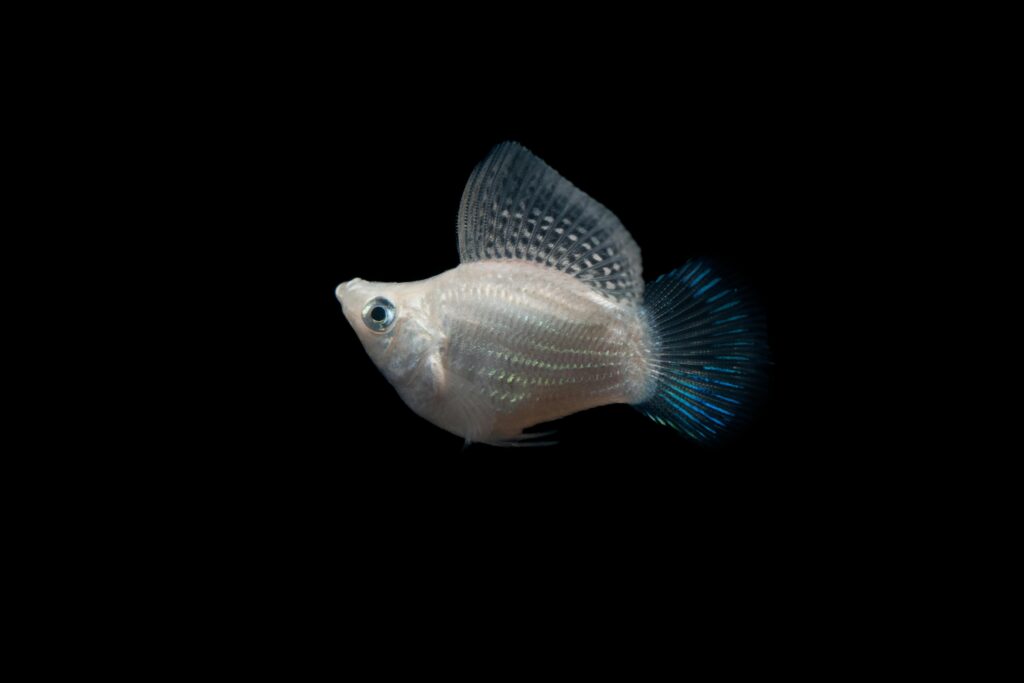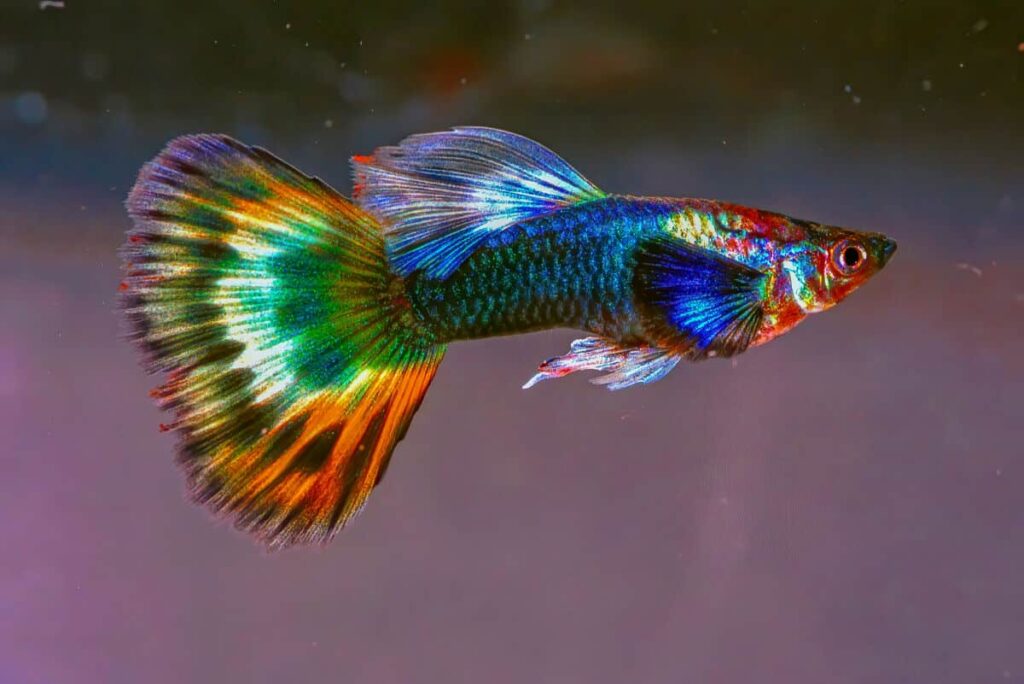Poecilia Fish Guide: Discover the Vibrant World of Guppies, Mollies, and More
The genus Poecilia is a cornerstone of the aquarium hobby, home to some of the most captivating fish species, including the iconic guppy (Poecilia reticulata), mollies, and Endler’s livebearers. Known for their dazzling colors, adaptability, and fascinating behaviors, these fish continue to charm aquarists and researchers alike.
Whether you’re a beginner or an expert, learning about Poecilia offers insights into their care, biology, and role in science and conservation.

The Fascinating Genus Poecilia
Native to Central and South America and the Caribbean, Poecilia encompasses around 40 species. These fish inhabit diverse aquatic environments, from freshwater rivers and streams to brackish and even marine habitats. Among their ranks are some of the most well-loved aquarium species, such as guppies, mollies, and the Endler’s livebearer.
But what makes Poecilia so captivating? Beyond their beauty, these fish are survivors, thriving in varied conditions and making them ideal for home aquariums.
The Guppy: A Small Fish with Big Appeal
It’s no wonder guppies are the poster fish of Poecilia. These tiny creatures pack a colorful punch. Male guppies display vibrant patterns in blue, orange, red, and green, while females tend to be larger and more subdued. Over decades, selective breeding has created remarkable varieties, such as cobra-patterned guppies and flowing fan tails.
Their popularity isn’t just about looks. Guppies are incredibly hardy, thriving in a range of water conditions, from soft acidic waters to harder, more alkaline setups. They’re also voracious mosquito eaters, playing a vital ecological role in their natural habitats.
For aquarists, guppies are more than just pretty faces. Their interactive behavior, adaptability, and ease of care make them beginner-friendly yet endlessly interesting for seasoned hobbyists.
Beyond Guppies: Mollies and Endler’s Livebearers
While guppies are often in the spotlight, other Poecilia species bring their own charm to the aquarium.

Orange Guppy: A Stunning Addition to Freshwater Aquariums
Mollies: Versatile and Vibrant
Mollies, including species like the black molly (Poecilia sphenops) and sailfin molly (Poecilia latipinna), are celebrated for their adaptability. These fish thrive in brackish water setups, bridging the gap between freshwater and marine tanks. Their unique ability to live in varied salinity levels makes them a fascinating choice for aquarists looking to explore transitional tank environments.

Elegant White Molly: A Peaceful Addition to Any Freshwater Aquarium. Photo Daniel Franco
Endler’s Livebearers: Rare and Exotic
For those seeking something less common, Endler’s livebearers (Poecilia wingei) offer a stunning alternative. These small, vividly colored fish, native to Venezuela, resemble guppies but bring a distinct, wild beauty to aquariums. Their rarity and unique patterns make them a prized addition to any tank.
Breeding and Raising Poecilia
One of the most remarkable aspects of Poecilia is their mode of reproduction. Unlike egg-laying fish, these livebearers give birth to free-swimming fry. Guppies, in particular, are prolific breeders, often nicknamed “millionfish.”
Caring for guppy fry is straightforward. Provide them with finely crushed flake food or specialized fry diets and ensure plenty of hiding spots to protect them from adult fish.

Rainbow Guppy: A Stunning Spectrum of Colors for Your Freshwater Aquarium
Science Meets Aquarium Hobby
Poecilia fish are more than just beautiful—they’re invaluable to science. Guppies have been extensively studied for their genetics, mating behaviors, and adaptability. They’ve even been used to examine the effects of predation on populations, providing key insights into evolutionary biology.
Their rapid reproduction and colorful displays make them ideal for laboratory research and educational purposes, bridging the gap between hobbyists and scientists.
Caring for Poecilia in Your Aquarium
Maintaining healthy Poecilia fish in a home aquarium is simple with the right setup:
- Tank size: Guppies can live comfortably in tanks as small as 40 liters (10 gallons), but mollies and mixed-species setups require more space.
- Water parameters: Stable, clean water is key. Mollies often prefer slightly brackish water for optimal health.
- Diet: A varied diet of high-quality flake food, frozen foods, and live treats like brine shrimp will keep them vibrant and active.
- Tankmates: Peaceful fish, such as tetras, platies, or corydoras catfish, make excellent companions.
- Conservation Matters
- While guppies and mollies thrive in captivity, wild populations of some Poecilia species face threats. Habitat destruction, invasive species, and pollution are significant challenges. Conservation efforts focus on preserving their natural environments and ensuring genetic diversity through sustainable breeding programs.
Expert Tips for Poecilia Care
If you’re ready to dive into the world of Poecilia, here are some practical recommendations:
- Brine Shrimp Hatchery: Perfect for feeding fry and adult fish. Discover top-rated options.
- Quality Flake Food: Enhance the colors and health of your fish with premium flakes. Explore options.
- LED Aquarium Lights: Highlight your guppies’ colors with vibrant lighting. Shop lighting solutions.
- Sponge Filters: Ensure efficient filtration and gentle water flow. Find the best filters.
FAQs About Poecilia
Can guppies and mollies live together?
Yes, guppies and mollies are compatible and share similar care requirements.
Do mollies need salt in their water?
Mollies thrive in slightly brackish water but can adapt to freshwater environments.
How often do guppies breed?
Guppies breed frequently, with females capable of giving birth every 30 days under optimal conditions.
The world of Poecilia is vast and rewarding, offering aquarists a chance to explore the beauty and science of these remarkable fish. Whether you’re captivated by the vibrant guppy or intrigued by the unique Endler’s livebearer, caring for Poecilia fish is a journey filled with discovery and delight.
Related Articles
- If you’re new to keeping guppies or other freshwater fish, don’t miss our comprehensive guide on How to Set Up Your Very First Freshwater Aquarium, where we cover everything from choosing the right tank size to creating a balanced environment.
- Maintaining crystal-clear water is essential for guppy health. Check out our expert recommendations in Best Aquarium Filters 2024 to find the perfect filtration system for your setup.
